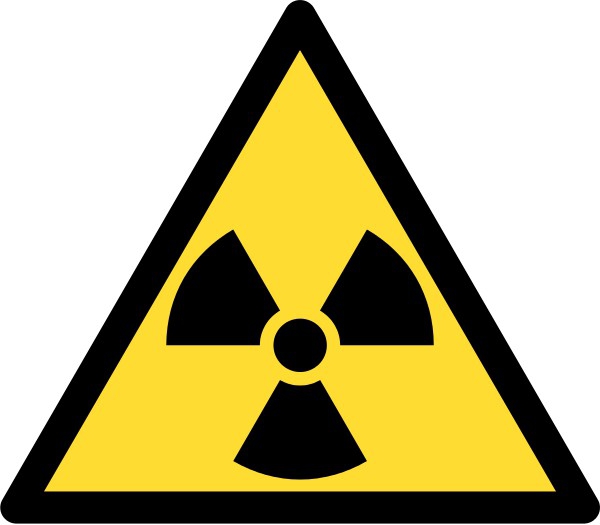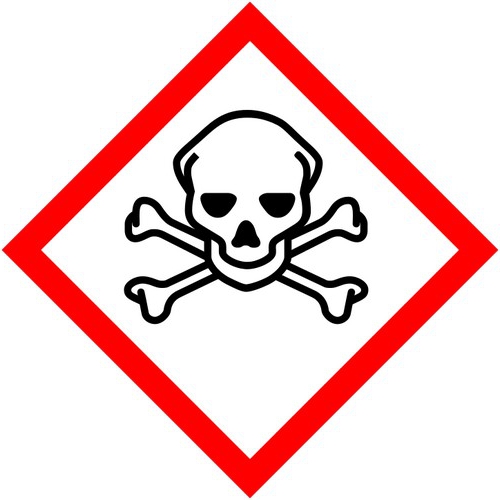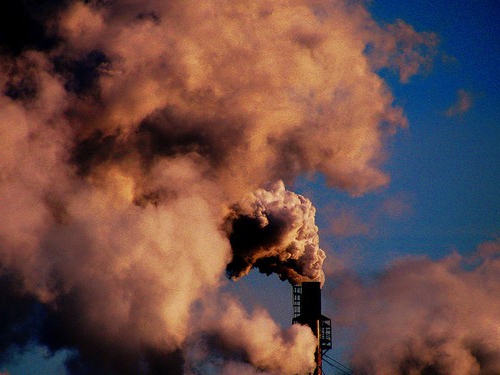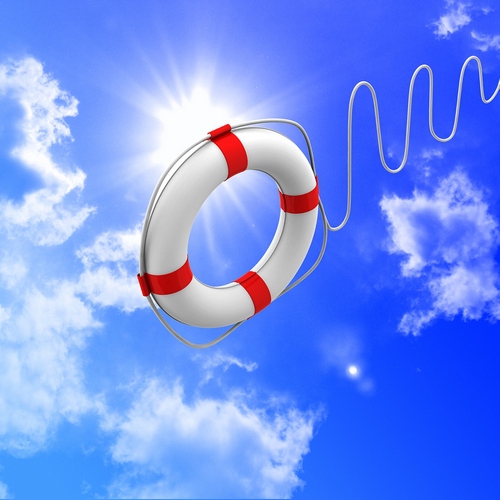In the conditions of intensive development of technology and science, expansion of the sphere of human activity, one way or another, sources of increased danger appear. These elements of the system can harm not only the environment, but also people's lives. In this regard, recently the responsibility for harm caused by a source of increased danger has increased. Every year the relevance of this problem is growing, new laws are being adopted, requirements are being established. Next, we consider the main types of sources of increased danger, the nature of the damage that they can cause, as well as what measures are being taken today to prevent disasters. 
General information
The source of increased danger is a complex material object. Damage from its action is manifested in a certain independence of its characteristics from a person. This, in turn, prevents the establishment of control over the processes occurring in this source to the necessary extent. As a result, prerequisites for accidental harm are created. Of particular relevance today is environmental damage caused by a source of increased danger. Currently, this area is regulated mainly by international treaties and agreements. This is due to the global nature of this problem and the danger of consequences. The degree of non-control affects the level and nature of the damage. Responsibility for harm caused by a source of increased danger lies with the subject, regardless of his guilt. This specificity is due to the features of the damage. It arises not as a result of individual actions, but as a result of certain properties that material objects have — sources of increased danger.
Urgency of the problem
It is caused by the fact that, despite the fact that liability for the harm of a source of increased danger as a legal category has existed for a relatively long time, in legal theory and now there are certain disagreements. Over a long period, discussions have arisen and exist about a tort obligation in which certain coercive measures are applied to the subjects without their fault. In addition, the legislation lacks a clear concept of the source of increased danger. To date, issues regarding the assignment of an object to the category in question have not been resolved. The lack of clear definitions, justifications and explanations creates difficult situations for courts that are considering such cases.
Source of increased danger: Civil Code of the Russian Federation
The subject under consideration is regulated by Art. 1079 of the Civil Code of the Russian Federation. The norm prescribed compensation for harm caused by a source of increased danger. In particular, the law applies to individuals and legal entities that use vehicles, electricity at high voltage, mechanisms, atomic energy, potent poisons, explosive compounds and so on, and also carry out construction and other activities associated with the risk of harm to others. Compensation for harm caused by a source of increased danger is attributed if the subject does not prove the absence of his guilt. 
Resolution of the Plenum of the Armed Forces
Clause 17 of this document defines what a source of increased danger is. So, under it should be recognized any activity, the implementation of which creates a threat of damage due to the inability to provide a person with full control over it.Also in this category is the use, storage or transportation of substances, objects and other objects that have industrial purposes and have the indicated properties. Sources of increased danger, therefore, are equipment, things, mechanisms, etc., that are in operation and pose a threat to others.
Arbitrage practice
Authorized authorities consider the sources of danger as a certain type of activity that creates a threat, and as specific objects of the material world, which also possess these properties. Judicial practice adheres to a special principle. It lies in the fact that the authorities believe that property liability should take place both in the case of the targeted use of these objects, and with the spontaneous manifestation of the negative properties that they possess. For example, the responsibility of a source of increased danger can occur when damage is caused by an independently moving car.
Explanation
The above positions, definitions and provisions used by the courts are not mutually exclusive. The differences consist in the fact that in each of them one characteristic feature acts as a determining one, which generally have sources of increased danger. In this regard, material objects (automobiles, devices, mechanisms, substances, etc.) that exhibit negative properties in the process of their operation that are completely or partially not subject to human control, as a result of which threaten others, should be recognized as such objects.

Subjects
For damage caused by a source of increased danger, its owner will be punished. Such an entity may be an individual or legal entity operating this facility on the basis of operational management, ownership, economic management or on any other basis (for example, by proxy, lease agreement, etc.).
Legal attribute of the owner
Its essence lies in the fact that as a subject can be considered such a person who has civil law powers to use the corresponding object. In this regard, the owner cannot be considered and be liable for those who manage the source of danger in the framework of labor relations with the owner. Such persons, in particular, include the driver, driver, freight forwarder, and so on. Moreover, the employer will be liable for the harm that will be caused to his employee by a source of danger. In the Fundamentals of civil law, as well as the Rules of compensation by the employer for damage to their employees caused by injury, occupational disease or other health damage associated with the latter's performance of his duties, the employer's previous obligations were fundamentally changed. If before that the enterprise was liable with its property for the harm done only in case of proof of guilt, now the punishment will follow, even if it is not.
Material side
This attribute of the owner of the source consists in the fact that the one who really has such an object in possession will be recognized as this subject. For example, a machine was leased. It is served by an operator having an employment relationship with the owner. The tenant cannot be considered the owner, since there is no actual transfer of property. It involves the removal of control of the previous owner and the establishment of such, and, consequently, liability for harm from the new. In practice, there are cases when it is impossible to resolve the situation in this way for some reason. If there is no possibility of the complete elimination of control, then both owners can bear joint liability.

Special case
Victims are often harmed by the actions of several entities in whose possession are sources of increased danger. For example, in a car collision, a passenger or a pedestrian acts as a victim. In this case, both owners will be punished for harm. The source of increased danger is both one and a second car. When considering a case, it will not matter who exactly is to blame. Both owners are liable for damages.
Object Interaction Damage
The procedure for its compensation is established in Art. 1079, paragraph 3. According to the norm:
- Damage caused to one owner through the fault of another is compensated by the guilty.
- If damage is caused to the owner of the object as a result of his own actions without the participation of other persons, no compensation is provided.
- In establishing the guilt of both owners (owners), the amount of compensation is established in proportion to the degree of involvement of each of them.
- In case of mutual damage (in the absence of their direct participation in this) no one can count on compensation.
Victim
He acts as an authorized person and may claim damages. Upon his death, this right passes to his dependents. For a rather long period, the employees of the owner of the source of danger were excluded from the category of victims. However, they are the ones most often and closest to be located near such objects. It was previously believed that by paying insurance premiums the owner of the source excludes himself from the circle of persons who are responsible. With the entry into force of new legislation, this provision has changed significantly.

Controversial situations
Courts considering materials relating to harm by sources of danger must in each case correctly identify the subject who will be liable. Failure to clarify this issue by the authorized body may lead to a cancellation of the decision. So, a citizen sued the plant with a demand to compensate for the damage that was caused by mutilation. The victim indicated that he was under the composition, moving along the driveway. The court satisfied the claim. However, the Civil Board of the Armed Forces repealed this act, deciding that the responsibility lay with the owner of the electric locomotive that was walking along the driveway, and not at the factory. In the event that control over the threatening facility was lost due to unlawful actions, the actual offender will be punished.
Grounds for liability
In the legal literature there are several opinions regarding this issue. The most popular, however, is the point of view according to which an offense (tort) acts as the basis for civil liability in general and tort in particular. Thus, in relation to objects that pose a threat to others, it will be an unlawful action by which the subject damages someone's property or person. In this regard, according to some authors, tort obligations must be considered in all cases of their occurrence as a measure of civil liability.

Composition of the offense
However, for the opportunity to apply punishment, there must be a combination of a number of legal facts. They form the corpus delicti. These conditions (facts) include:
- The fault of the causer.
- Illegal action of the subject.
- The presence of harm.
- The connection between guilt and damage.
These conditions form the full composition of the violation. Responsibility should be manifested in the inaction / action of the person to whom the claim for compensation for harm is presented. In the absence of any circumstance, a citizen may be exempted from it. In this case, we will talk about the emergence of conditions for the use of protective measures.In the framework of the topic under discussion, wine may not be available, but responsibility will nevertheless come. This “legal vacuum” is filled using protective measures. They are manifested in compensation for harm by the owner of the source of danger in the absence of direct fault.

Mandatory conditions
As one of them is the presence of harm itself. Simply put, if there is no damage, then there is no punishment. The concept of "property damage" is disclosed in Art. 15, and “moral” in Art. 151 of the Civil Code. The first is expressed in the fact that the victim has actual damage, depriving him of the opportunity to receive the estimated income, incurring additional losses. The main feature of property damage is that it always has a monetary equivalent, that is, a pronounced amount. Direct damage is destruction, theft, spoilage, expense. Compensation for such damage is carried out by the causer or owner of the source of danger by paying the value of the damaged or lost object or by transferring identical material value.
Moral damage
The right to compensation is established in Art. 1199-1101 and 151 of the Civil Code. In norms, the essence of moral damage is disclosed in its most general form. So, as it is understood the moral and physical suffering that arose as a result of the behavior of a person violating personal rights or encroaching on other intangible goods owned by an individual. Experiences are considered a feeling of inferiority, shame, inferiority, dissatisfaction from the loss of certain connections, the ability to conceive a child, move around, hear, see, perceive the environment fully, continue to engage in professional activities. The following are recognized as physical suffering: insomnia, pain, inconvenience resulting from an injury resulting in the loss of a part of the body. The essence of compensation for this harm consists primarily in mitigating the severity of moral and bodily harm and ensuring the most complete protection of the interests of the citizen. In addition, compensation should also have an educational effect on the perpetrator by laying on him the burden of the costs incurred by the victims. In this regard, compensation for non-pecuniary damage acts as an obligation, should be considered as a form of civil liability established by the court and applied to the violator in the event of the establishment of his guilt and in other situations as a measure of protection.








